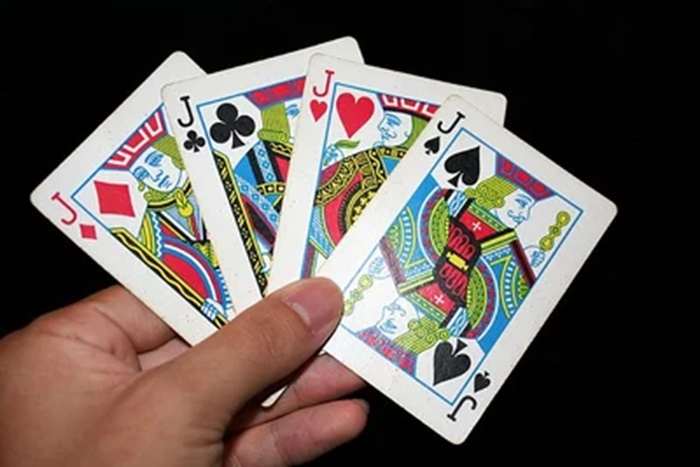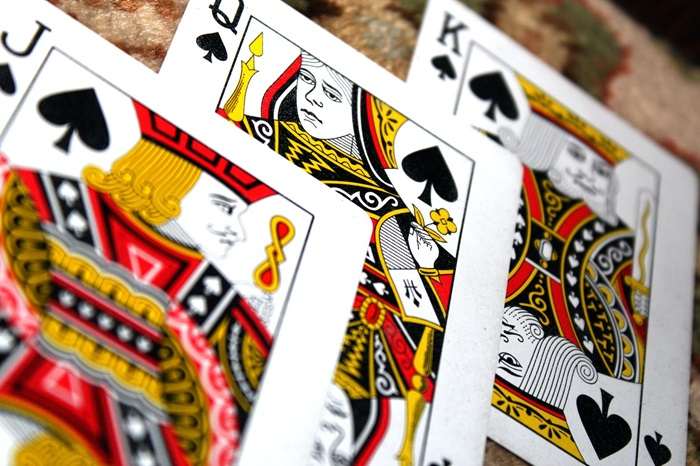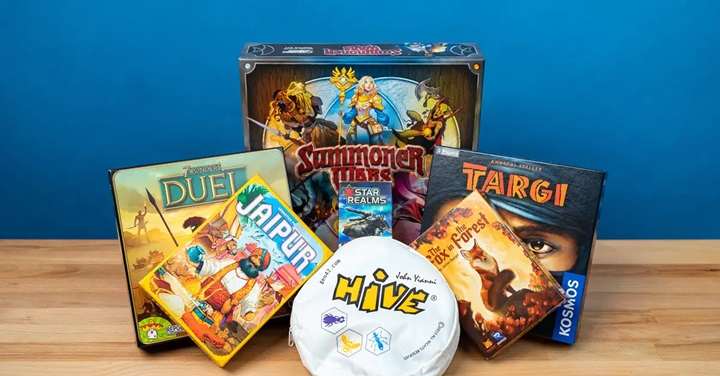Card games have been a timeless source of entertainment across the globe. Whether you’re spending a cozy evening with a friend or looking for a quick challenge, two-player card games offer endless possibilities. From simple yet strategic classics like Gin Rummy to fast-paced games like Speed, the variety of two-player card games ensures that there is something for every type of player.
This article will explore the diverse world of two-player card games, from the rules and strategies to tips for winning. Let’s dive into some of the best two-player card games you can enjoy.
Why Play Two-Player Card Games?
Two-player card games have been around for centuries, often providing not just fun but also sharpening one’s critical thinking and problem-solving skills. The reasons for playing are numerous, and here are some that stand out:
- Convenience: You only need a deck of cards and one other person to play.
- Variety: There are endless options, ranging from easy and quick games to complex, strategy-based ones.
- Intellectual Stimulation: Many two-player card games require strategy, planning, and quick thinking.
- Bonding: Playing cards is a great way to spend quality time with someone.
Whether you’re killing time or fostering healthy competition, these games deliver quick fun and engagement.
Classic Two-Player Card Games

2.1. Gin Rummy
Overview
Gin Rummy is one of the most popular two-player card games, enjoyed by casual players and card enthusiasts alike. This game is ideal for those who enjoy blending skill and luck in a friendly yet competitive environment.
How to Play
- Objective: The goal is to form sets (three or four cards of the same rank) or runs (three or more cards in consecutive order of the same suit).
- Setup: Shuffle the deck, deal 10 cards to each player, and place the rest face down to form a stockpile. The top card is turned face-up to create a discard pile.
- Gameplay: Players take turns drawing a card from either the stock or the discard pile. The objective is to organize your hand into runs or sets. The round ends when one player knocks, signaling they’ve reached 10 points or less in unmatched cards (deadwood).
- Scoring: Each card has a point value—face cards are worth 10 points, and number cards are worth their face value.
Strategy Tips
- Observation: Pay close attention to what your opponent discards. This gives you insight into their hand and what cards they need.
- Keep Low Deadwood: Reducing the value of unformed sets in your hand early in the game can make it easier to knock.
2.2. Speed
Overview
Speed is a high-energy, fast-paced game that tests both reflexes and mental agility. This game is perfect if you’re looking for something quick and exhilarating.
How to Play
- Objective: The aim of Speed is to get rid of all your cards before your opponent.
- Setup: Each player gets a deck of 20 cards. Two piles of five cards are placed face-down in the center, and one card from each pile is turned face-up to form the discard piles.
- Gameplay: Both players play simultaneously. You can place a card on one of the discard piles if it’s one rank higher or lower than the current top card. The game moves quickly as both players try to discard their cards without turns.
- Winning: The first player to discard all their cards wins.
Strategy Tips
- Speed over Perfection: It’s not always about making the perfect move; sometimes, quick reflexes and keeping the momentum matter more.
- Multitask: Keep an eye on both discard piles at all times to make sure you can quickly play a card when a match arises.
2.3. War
Overview
War is a simple, luck-based card game. The rules are easy to learn, making this game accessible for all ages.
How to Play
- Objective: The aim of War is to capture all of your opponent’s cards.
- Setup: The deck is split evenly between two players. Each player places their cards face-down in a stack.
- Gameplay: Both players flip the top card of their deck simultaneously. The player with the higher card takes both cards and adds them to their deck. In the event of a tie (i.e., both cards are the same rank), a “war” occurs. Each player places three cards face-down and flips the fourth. The higher fourth card wins all the cards in play.
- Winning: The game continues until one player collects all of the cards.
Strategy Tips
- Luck-Based: Since War is purely a game of chance, there isn’t much strategy involved—just hope your cards are stronger!
Strategy-Based Two-Player Card Games
3.1. Cribbage
Overview
Cribbage is an exciting, strategy-based game that combines both card play and board play. It’s a game of counting and scoring, often requiring a special board for scoring pegs.
How to Play
- Objective: The goal of Cribbage is to be the first player to score 121 points, using combinations of cards to score points.
- Setup: Each player is dealt six cards, and two cards are placed into the “crib” (an extra hand for the dealer). Points are scored during two stages: the play and the show.
- Gameplay: Players alternate laying down cards, scoring points for combinations like pairs, runs, and cards that total 15.
- Winning: The first player to peg 121 points on the board wins.
Strategy Tips
- Crib Management: Be mindful of the two cards you place in the crib, as they might either help or hurt your chances.
- Anticipation: Consider what cards your opponent might have in their hand to avoid giving them easy points.
3.2. Pinochle
Overview
Pinochle is a trick-taking game that challenges players to bid, meld, and win tricks. It requires a special 48-card deck.
How to Play
- Objective: The aim is to score points by creating melds (combinations of cards) and winning tricks.
- Setup: Each player is dealt 12 cards. After evaluating their hand, players bid on how many points they think they can earn through melding and tricks.
- Gameplay: The player with the highest bid leads the play. Points are earned based on specific card combinations and the tricks you win.
- Winning: The first player to reach a predetermined number of points, usually 1,500, wins.
Strategy Tips
- Bidding Wisely: Bid carefully based on the strength of your hand; overbidding can lead to negative points.
- Memory and Observation: Pay attention to the cards being played to make educated guesses about what your opponent holds.
Fun and Easy Two-Player Card Games

4.1. Crazy Eights
Overview
Crazy Eights is a simple yet fun card game that’s great for beginners. It’s similar to the popular game Uno, but played with a standard deck of cards.
How to Play
- Objective: The goal is to be the first player to get rid of all your cards.
- Setup: Deal five cards to each player, then place one card face-up to start the discard pile. The remaining cards form the draw pile.
- Gameplay: Players take turns playing a card that matches the top card of the discard pile in either suit or rank. If you can’t play, you must draw a card. Eights are wild and can be played at any time, allowing you to change the suit.
- Winning: The first player to discard all their cards wins.
Strategy Tips
- Hold on to Eights: Eights can be played at any time, so keep them for when you’re in a tough spot.
- Control the Game: Use Eights strategically to change the suit to one that benefits your hand.
4.2. Go Fish
Overview
Go Fish is a childhood classic that’s as enjoyable for adults as it is for kids. This game is based mostly on luck but is always entertaining.
How to Play
- Objective: The goal of Go Fish is to collect the most sets of four cards.
- Setup: Each player is dealt five cards. The remaining cards form a draw pile.
- Gameplay: Players take turns asking their opponent for specific cards (e.g., “Do you have any sevens?”). If the opponent has the requested card, they must hand it over. If not, the player draws from the deck. A set of four cards of the same rank forms a book.
- Winning: The player with the most books at the end of the game wins.
Strategy Tips
- Memory: Remember which cards your opponent has asked for to guess what’s in their hand.
- Patience: Don’t rush to ask for cards—strategically pick which cards to ask for based on the odds.
Tips for Mastering Two-Player Card Games
While each card game comes with its own set of rules and strategies, some general tips can help improve your gameplay across various two-player games:
- Practice Makes Perfect: The more you play, the better you’ll understand the nuances of each game.
- Study Your Opponent: Pay attention to your opponent’s behavior and tendencies. This can offer valuable insights into their strategy.
- Adaptability: Don’t stick to one plan—be willing to change your strategy based on the situation.
- Patience: Whether you’re playing a fast-paced game like Speed or a slow, strategic game like Gin Rummy, staying calm and focused is key.
Related Post:
Big Brother Reindeer Games: A Winter Wonderland of Competition
2 Player Games Unblocked: The Ultimate Guide to Fun and Friendly Competition
OVO Cool Math Games: A Complete Guide to Mastering the Game
Two-player card games offer an excellent way to engage in friendly competition, develop your mental skills, and bond with others. Whether you’re looking for a game of pure luck like War or something more strategic like Cribbage, there’s a game for every occasion. Grab a deck of cards, pick a game from this list, and enjoy the timeless fun of two-player card games!


